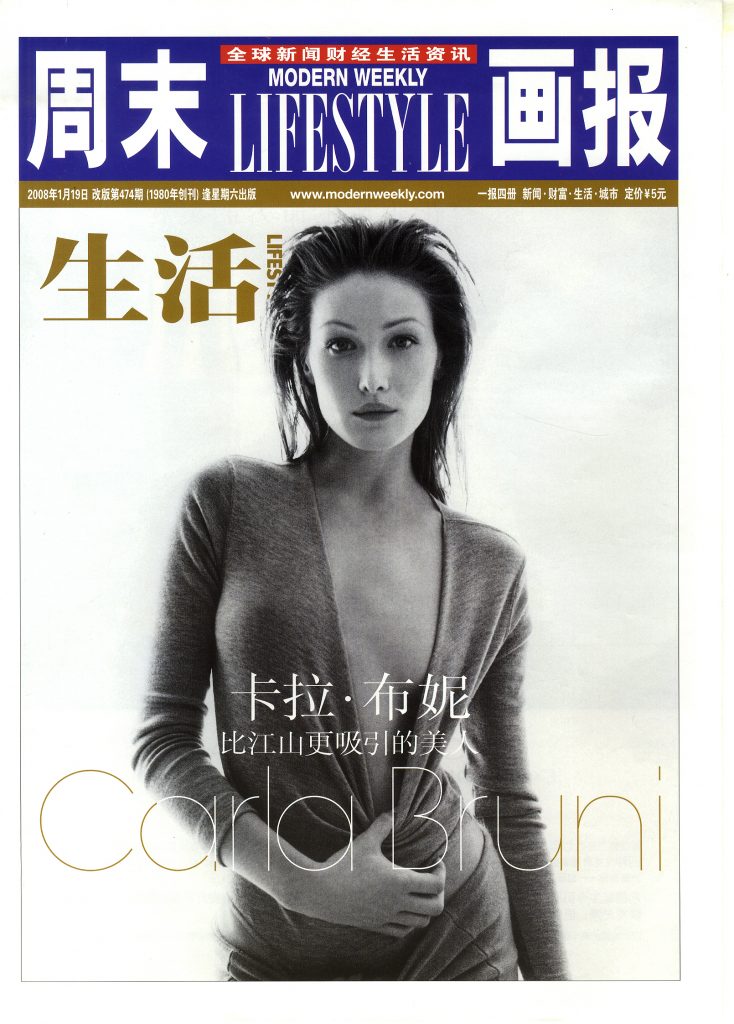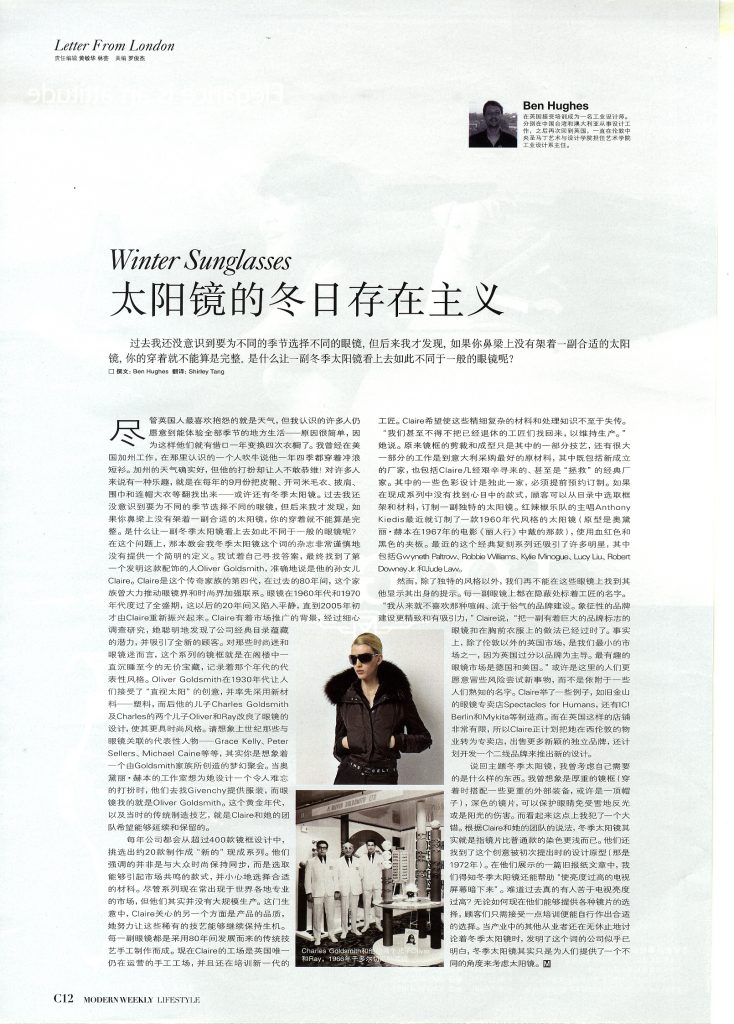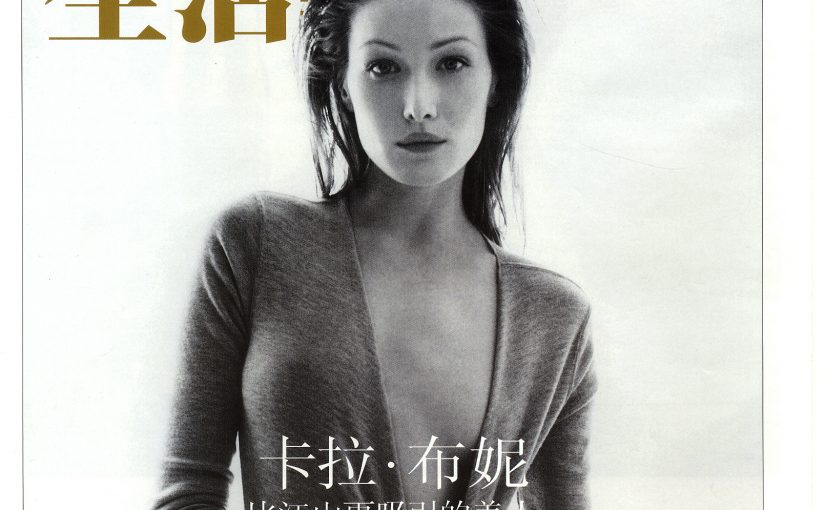Winter Sunglasses? Interview with Claire Goldsmith CEO of the iconic brand started by her grandfather


Although British people like nothing more than to complain about the weather, I know many who value living in a country that experiences the full range of seasons — for the simple reason that it gives them a legitimate excuse to change their wardrobe four times a year. I was lucky enough to work in California once, where I knew a guy who would brag that he had worn surfing shorts every day for a year. Great weather, maybe, but not a great look! It is a source of joy for many people come September, to dig out their leather boots, cashmere jumpers, pashmina scarves, camel hair coats, and, it seems – winter sunglasses. I wasn’t previously aware of the need to have a selection of eyewear for different seasons, but it turns out that you are not fully equipped to cope with the demands of the weather at this time of year without the right thing strapped across your face. What is it that makes a pair of Winter sunglasses as opposed to their more common relation? The magazines that taught me the term seemed reticent in providing a precise definition. My search for the answer took me to none other than the person who, it seems, first conjured up this accessory; Oliver Goldsmith. Or rather, his great granddaughter, Claire. Claire is the fourth generation of a family which, for over 80 years, has played a very significant part in linking the world of eyewear to the world of fashion. Following the company’s heyday in the 1960’s and 70’s things had been quiet for 20 years or so when Claire, with a background in marketing and an innate passion for eyewear, revived the business in early October 2005. After much careful research, she wisely recognised the potential of the company’s back catalogue for a fresh audience. For anyone interested in fashion and eyewear, this collection of frames that had lain dormant all this time in her uncle’s attic represents a priceless documentation of the leading styles of generation. After Oliver Goldsmith sr. had established the acceptability of “sun-spectacles” and the use of a novel material, plastic, in their construction in the 1930’s, it was then up to his son, Charles Goldsmith and his sons, Oliver and Ray to develop the styles that would fit the emerging fashions of the day. Think of any iconic figure from the last century whose image is linked in some way with wearing glasses – Grace Kelly, Peter Sellers, Michael Caine… and you will be thinking of an image partly created by a member of the Goldsmith family. When Audrey Hepburn’s studio were equipping their star with her indelible look, they went to Givenchy for the clothes, and Oliver Goldsmith for the eyewear. This golden era, along with the traditions of manufacturing, are what Claire and her team are anxious to preserve.
Every year, a selection of around 20 frame designs is made from the archive of over 400 to form a ‘new’ ready-to-wear collection. Here, the emphasis is not on keeping up with prevailing fashions, but selecting pieces that have a certain resonance, and making careful choices about appropriate materials. While the collections find themselves in many specialist outlets across the world, the pieces are hardly mass-produced. The other aspect of the business that Claire is passionate about is the product quality, and the opportunity she has created to keep these scarce skills alive. Each piece is handmade according to the traditions and techniques developed over the last 80 years. By keeping the only hand-making facility in the UK going, and training up a new generation, Claire is hoping to ensure that the sophisticated knowledge of the materials and process is not lost; “we even had to bring a couple of the makers out of retirement to keep going,” she says. The cutting and shaping of the frames is only part of the story, too. I was surprised to learn that a big part of the job involves sourcing the best raw materials (acetate) from Italy both in the form of newly-minted stock, and vintage stock which has been zealously tracked-down and ‘rescued’ by Claire from defunct factories. Some of these colourways are impossible to find elsewhere but are now available to Claire’s customers as part of a ‘bespoke’ service. If you can’t find exactly what you want in the collections, you can specify a frame and material combination from the archive which will ensure a unique pair of sunglasses. Red Hot Chili Peppers front man Anthony Kiedis recently took up this service, coupling a 1960’s style, Yuhu, (originally seen on Audrey Hepburn in ‘Two for the Road’ in 1967), with a vivid blood red and black laminate. Other celebrities that have been quick to embrace the company’s recent relaunch include Gwyneth Paltrow, Robbie Williams, Kylie Minogue, Lucy Liu, Robert Downey Jr. and Jude Law.
Apart from their distinctive style, though, don’t look for any visible clues as to the origins of these glasses. Each piece bears the makers name discreetly, out of view. “I’ve never been a fan of blatant branding. Symbolic branding is much more subtle and enduring,” says Claire, “The days of wearing a huge logo blazoned across your chest are gone. In fact, London aside, the UK is one of our smallest markets, simply because it is so brand-led. The most interesting things in eyewear are happening elsewhere, particularly in Germany and the US.” Here, it seems, people are more willing to take risks, and not simply adhere to recognised names. Claire cites boutique eyewear stores such as Spectacles for Humans in San Fransisco and makers such as IC! Berlin and Mykita as examples. So limited is the exposure of this kind of work in the UK that Claire is planning to convert her premises in West London into a boutique store to carry a number of like-minded, independent brands, as well as launching a secondary brand under which to bring out new designs.
Turning back to the subject of ‘Winter Sunglasses,’ I was still anxious to know what I should be looking for. I had imagined something with heavy frames (to complement heavier outerwear, and maybe a hat) and darker lenses to protect from the glare of snow, or the fact that the sun was lower in the sky. It turns out that I couldn’t have been more wrong. According to Claire and her team, the term simply refers to having a lighter tinted lens than normal. They were even kind enough to seek out the original cuttings (from 1972), when the idea was first introduced. In one revealing newspaper article, we are even told that Winter Sunglasses would be useful in helping to “dim down an overbright TV screen.” Did anyone really suffer because their TV was too bright? Either way, it turns out that nowadays they are happy to supply their glasses with a choice of lenses so that (with a little training) customers can pop the right strength in and out. While the rest of the industry continues to talk about Winter Sunglasses endlessly, it seems that the company that invented the term have acknowledged that it was really just a way of getting people to think about sunglasses in a different way.
Image Captions:
All images © Oliver Goldsmith
polivergoldsmith.jpg
Charles Goldsmith with his sons, Oliver and Ray, in 1966 at the Dorchester Hotel
clairegoldsmith.tif
Claire Goldsmith – the company enters a new generation
KiedisYuhu.jpg
Sunglasses created for Anthony Kiedis, originally produced in white for Audrey Hepburn (as seen in ‘Two for the Road’ 1967)
zodiactortoiseshell.jpg
Zodiac Design in dark tortoiseshell
Links:
www.olivergoldsmith.com
www.ic-berlin.de
www.mykita.com
© Ben Hughes 2008
